How To Potty Train Your Dog & Puppy - 10 Important Tips
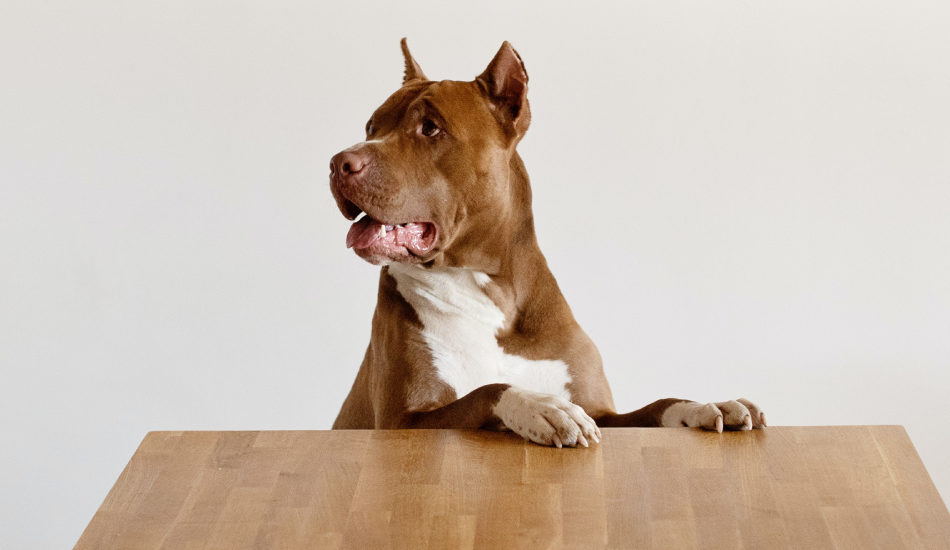
Potty training is a critical milestone in a pet parent's journey. It applies equally whether you welcome a new puppy into your home or address behavioral issues in an older canine companion. A well-trained dog contributes to a harmonious household and fosters a strong bond between you and your pet.
This article explores the nitty-gritty of potty training, providing you with ten crucial tips to ensure a smooth training process. These time-tested methods, rooted in practical experience, will guide you through the nuances of teaching your doggo when and where to relieve themselves. So, let’s understand how you can create a happier and more hygienic living environment for you and your four-legged friend.
Ten Essential Tips to Potty-Train Your Dog and Puppy
-
Establish a Routine
Consistency is crucial when potty training your dog. Set a regular schedule for feeding, water intake, and bathroom breaks. Dogs thrive on routine; this predictability will help them learn when and where to go.
-
Choose a Designated Potty Area
Designate a spot for your dog to relieve themselves. Take them to this spot consistently so they associate it with bathroom breaks. Use a leash if necessary to guide them to the designated area. You can also use dog training pads to help them associate with the area.
-
Supervise Actively
Keep a close eye on your dog, especially during their potty-training phase. Supervision prevents accidents and allows you to identify signs that your dog needs to go, like sniffing and circling.
-
Use Positive Reinforcement
Reward your dog with treats when they eliminate in the designated area. Positive reinforcement helps them understand they are doing the right thing.
-
Timing is Key
Be mindful of when your dog will most likely need a bathroom break. Puppies often need to go after eating, drinking, playing, or waking up from a nap. Take them out during these times to increase the chances of success.
-
Be Patient
Potty training takes time, and accidents are part of the process. Avoid scolding your dog for accidents indoors, as this can create fear and confusion. Instead, clean up accidents promptly and calmly.
-
Use Crate Training
A properly sized crate can be a valuable tool in potty training. Dogs are less likely to eliminate where they sleep, so use the box to prevent accidents when you can't supervise your dog closely.
-
Understand Signals
Pay attention to your dog's body language. If your dog starts showing signs of needing to go, like restlessness or sniffing, take them outside immediately.
-
Consistent Commands
Use a specific command like "go potty" or "do your business" while your dog is eliminating. Over time, your dog will associate this command with the action, making it easier to communicate your expectations.
-
Gradual Independence
As your dog becomes more reliable in potty training, gradually grant them more freedom indoors. Start with one room at a time until you're confident in their ability to make the right choices.
Bottom line
Potty training your dog or puppy is a journey that demands patience and a clear understanding of canine behavior. These ten essential tips outlined here serve as reliable cues. Establishing a consistent routine, using positive reinforcement, and practicing patience will help foster a well-trained and happy canine companion.
Remember that every dog is unique, and the potty-training process may vary in duration. Approach it with empathy and a commitment to building a strong bond with your pet. With time and persistence, you will create a hygienic and harmonious living environment for you and your loyal four-legged friend.
FAQs
- How do I potty train my dog?
Potty training your dog involves establishing a consistent routine, supervising your dog closely, and using positive reinforcement. Take your dog outside at specific times, reward them for eliminating in the designated area, and be patient.
- What's the difference between potty training a puppy and an adult dog?
Potty training is generally more accessible with puppies, as they are more adaptable. Adult dogs may have established habits, so breaking them might take longer. However, the basic principles of consistency, supervision, and positive reinforcement apply to both.
- When and how to potty train a puppy?
Start the training process when you bring your puppy home, usually around 8-12 weeks of age. Young puppies have a small bladder and need frequent bathroom breaks.
- How often should I take my puppy outside to potty train them?
Take your puppy outside every 1-2 hours and after eating, drinking, playing, and waking up from naps. As they grow older, they can hold it longer.
- Is it too late to potty train my adult dog?
It's never too late to potty train an adult dog, but it may take more time and patience, especially if they have established habits. Follow the same consistency, supervision, and positive reinforcement principles as with puppies.
- How to potty train my dog fast?
While patience is essential during potty training, some dogs may learn faster than others. Consistency and a well-structured training plan can help accelerate the process. However, avoid rushing, as it can lead to stress and confusion for your dog.
Also Read: How To Train A Dog Following These 10 Simple Tips?








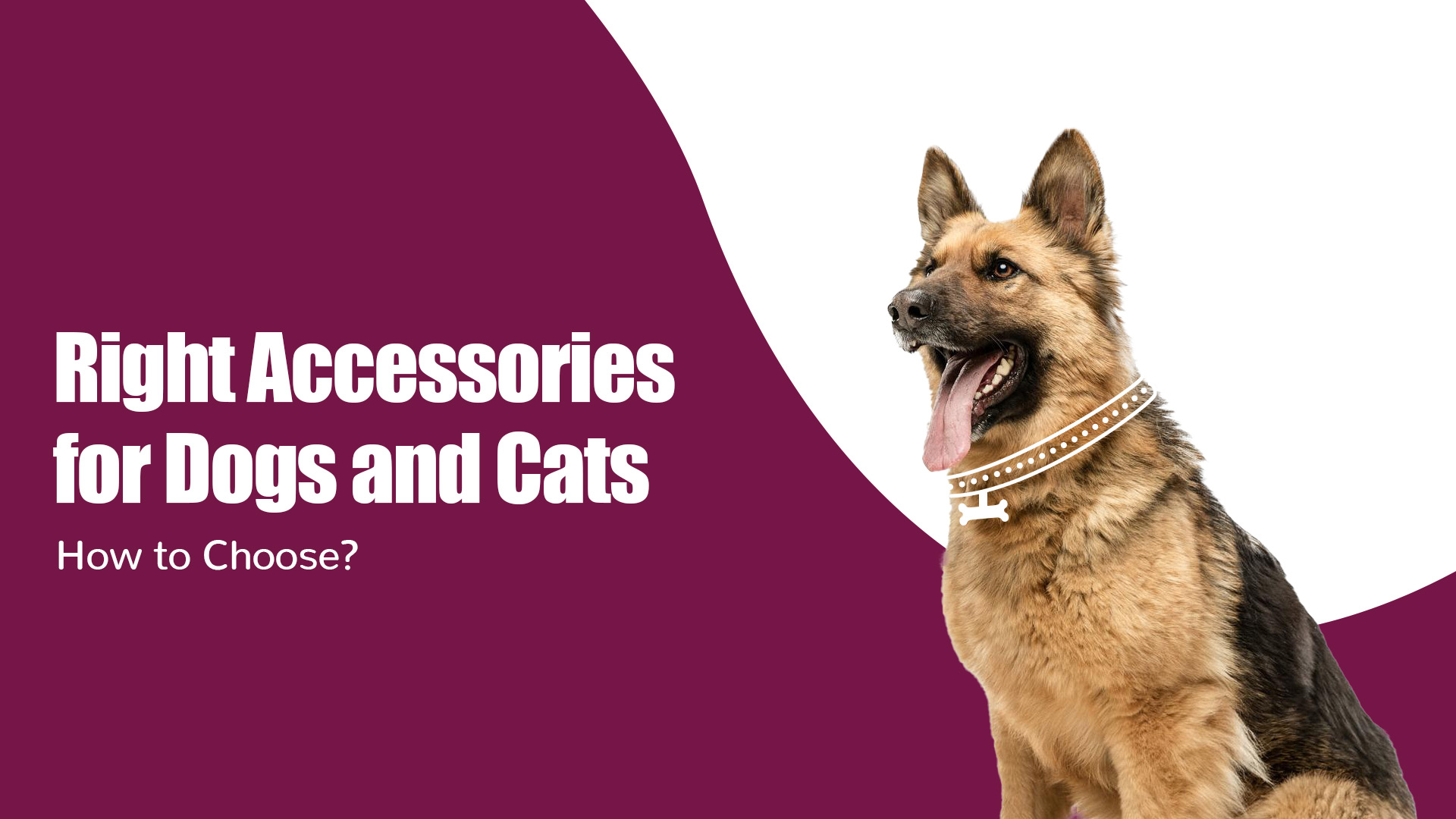
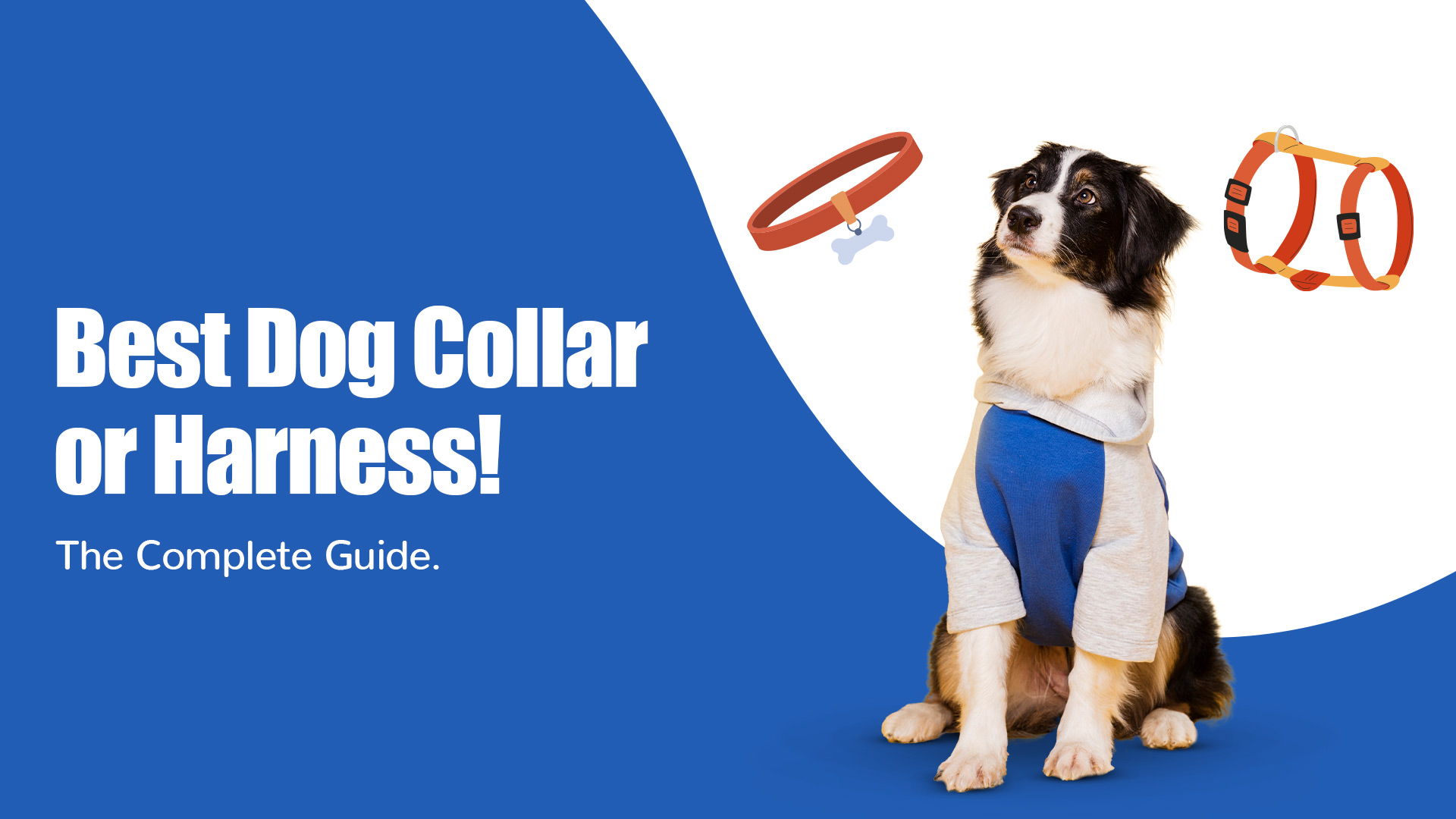

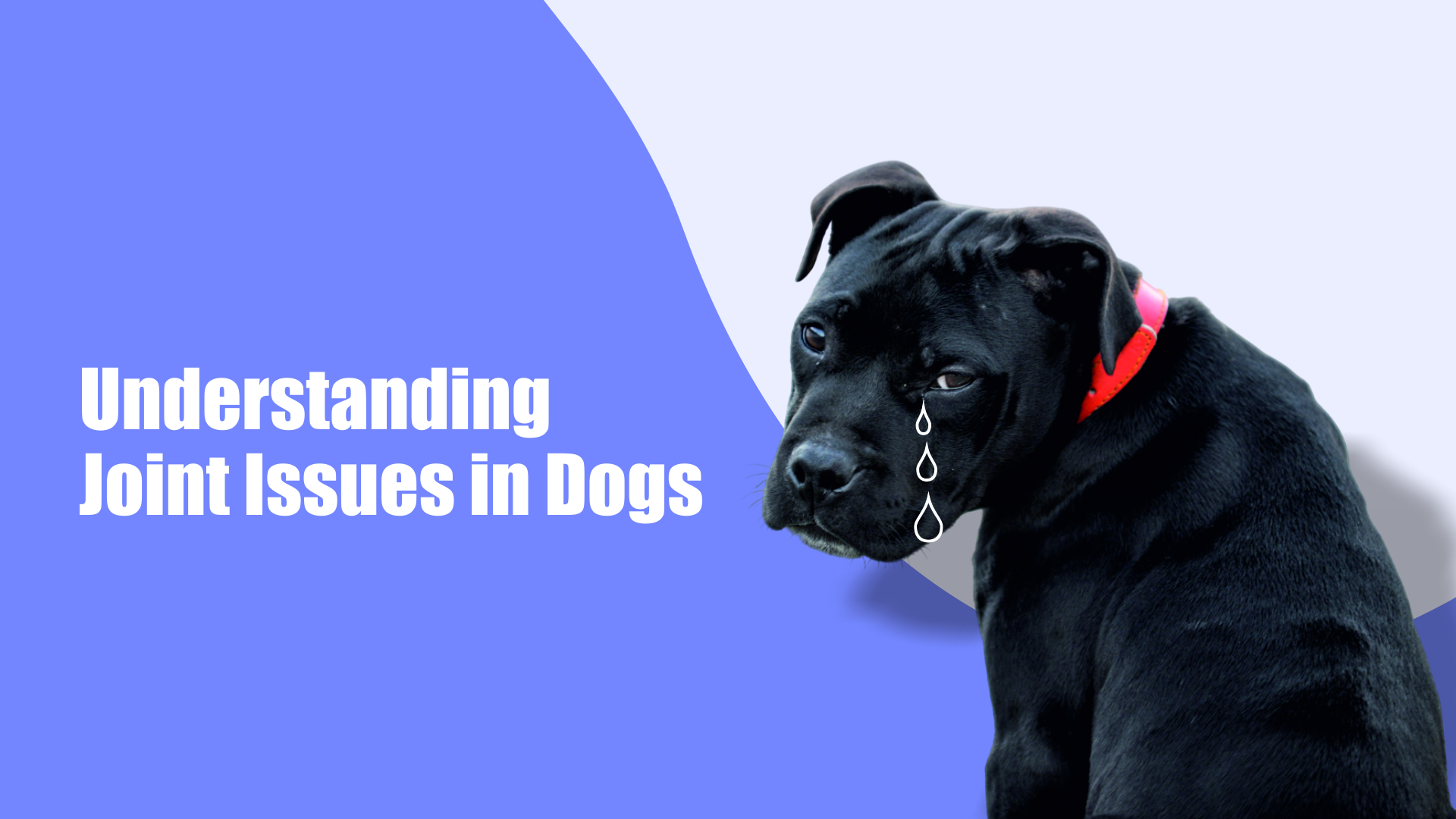
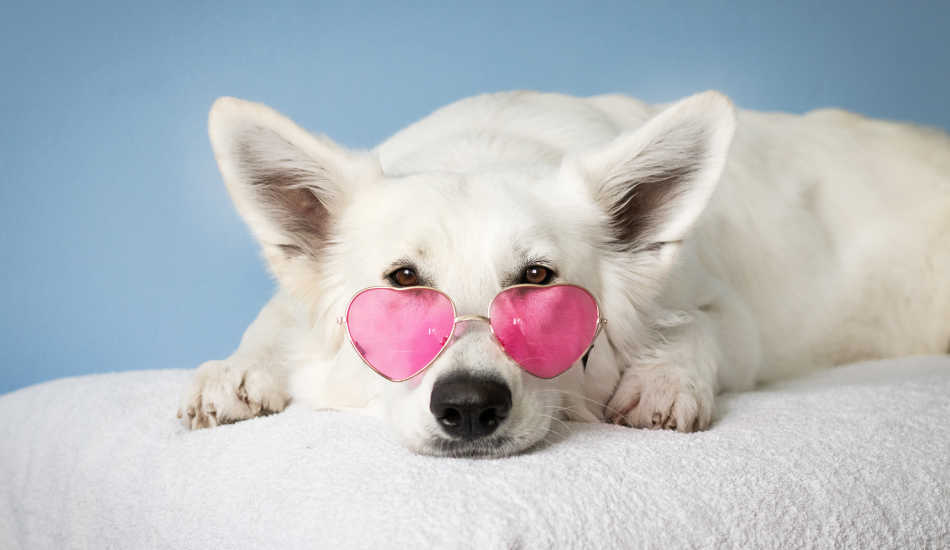
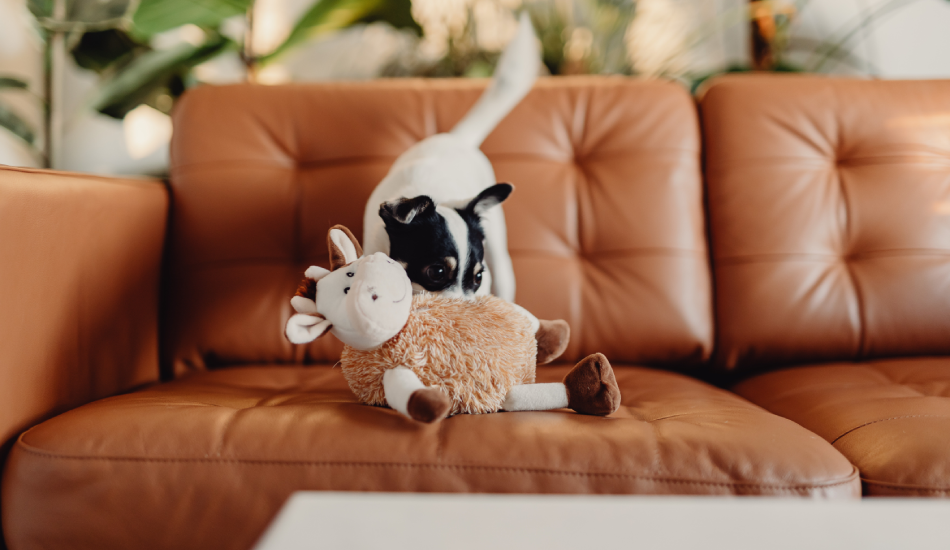


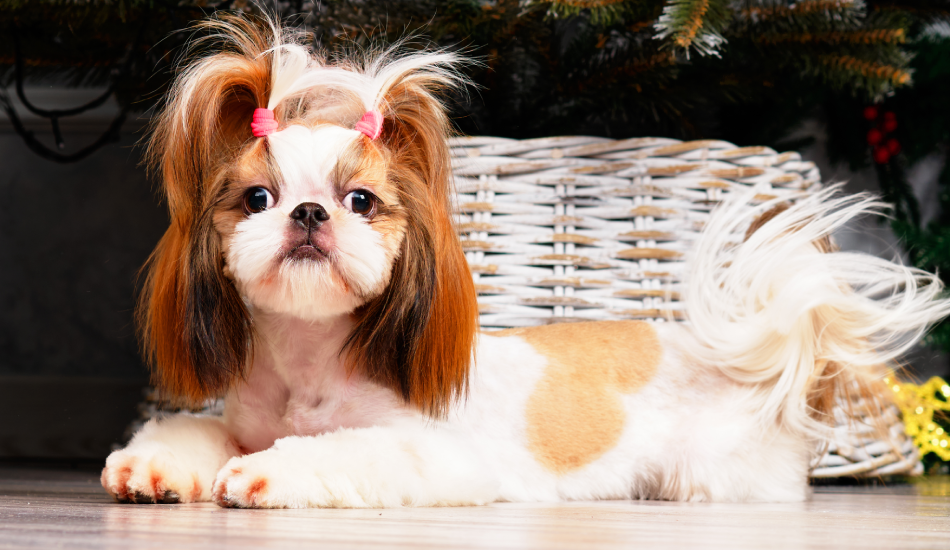
The information below is required for social login
Create New Account